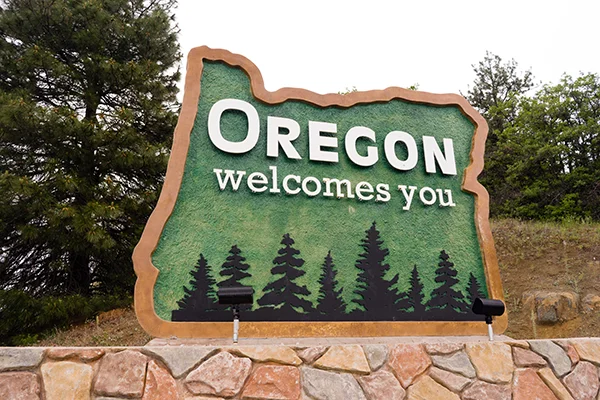Tag: IRA

Virtually all high-income workers in this country are saving in some type of employer retirement plan. But only a minority in the lowest-income group are. A new study tackles this serious shortfall for disadvantaged workers in service, retail and other low-paying jobs. The crux of the problem, the researchers find, is that they lack easy…

This is a fun TED talk on a topic all of us can relate to: procrastination. It is relevant to a central theme of this blog: retirement. Research shows that procrastination plays at least a small role in why so many U.S. workers haven’t saved enough to retire in the lifestyle they’re accustomed to. T…











